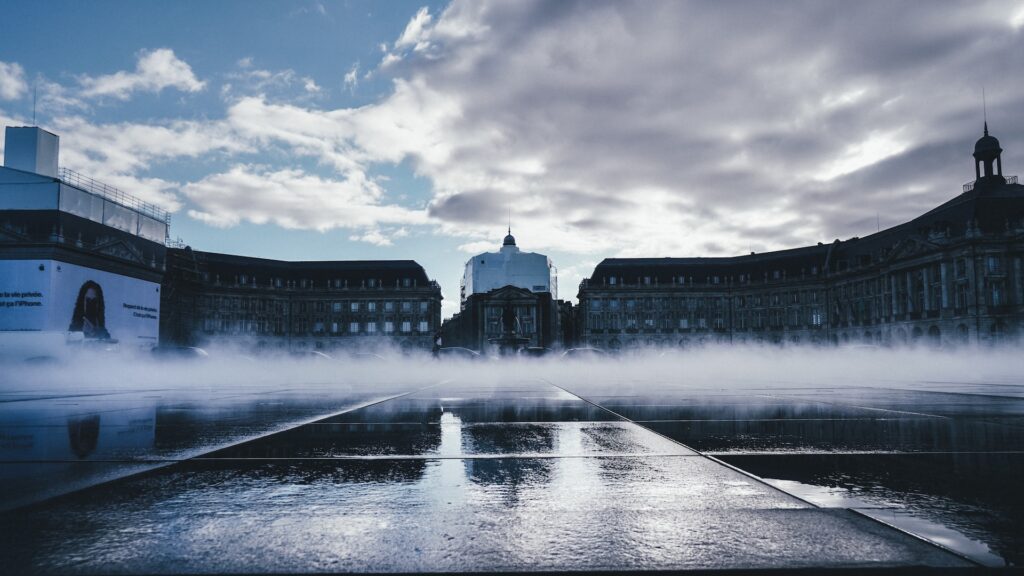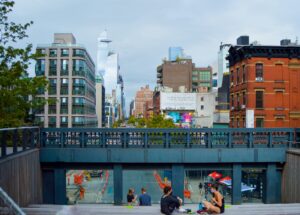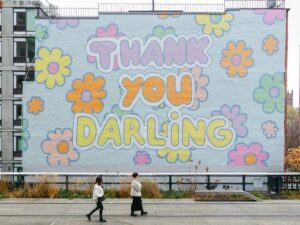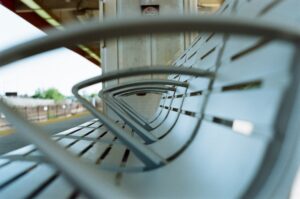Functional structures, celebratory monuments or scenic backdrops positioned ad hoc in cities: from Roman times, to the Baroque and up to the present day, public fountains have never ceased to be a stimulating design element, sometimes transcending their mere role as furnishings to become emblems of urban regeneration, places of social life and iconic symbols capable of underlining the identity of a place and its community.
There are several contemporary realisations all over the world that represent, thanks to an effective balance between art, design and landscape architecture and to the use of sophisticated hydraulic technologies, driving nodes of new urban energies. Interventions that are commemorative (Robert Woodward, Gustafson Porter + Bowman) and scenic (Isamu Noguchi, King Fahd Fountain and Jet d’Eau, Andreé Heller, Michel Corajoud, Tunnel of surprises); poetic (Ondřej Císler, Daniel Buren), ironic (Shu Yong) or generative of new sociabilities (Niki de Saint Phalle and Jean Tinguely, Krueck & Sexton Architects, Raumlaborberlin, Foster + Partners): whether interactive or intimist, the fountain brings to cities – in addition to concrete micro-climatic benefits – the fascination of water that, between splashes and light effects, rekindles in the observer that sense of wonder and emotional involvement that sometimes may have been left in the background.
Read the full article on Domus here.
Author Chiara Testoni
Recommended by Luisa Bravo











More Stories
A stealthy reimagining of urban public space by Elizabeth Diller
A Blueprint for Public Realm Leadership
Plaza de la Vila in Sencelles by Moneo Brock